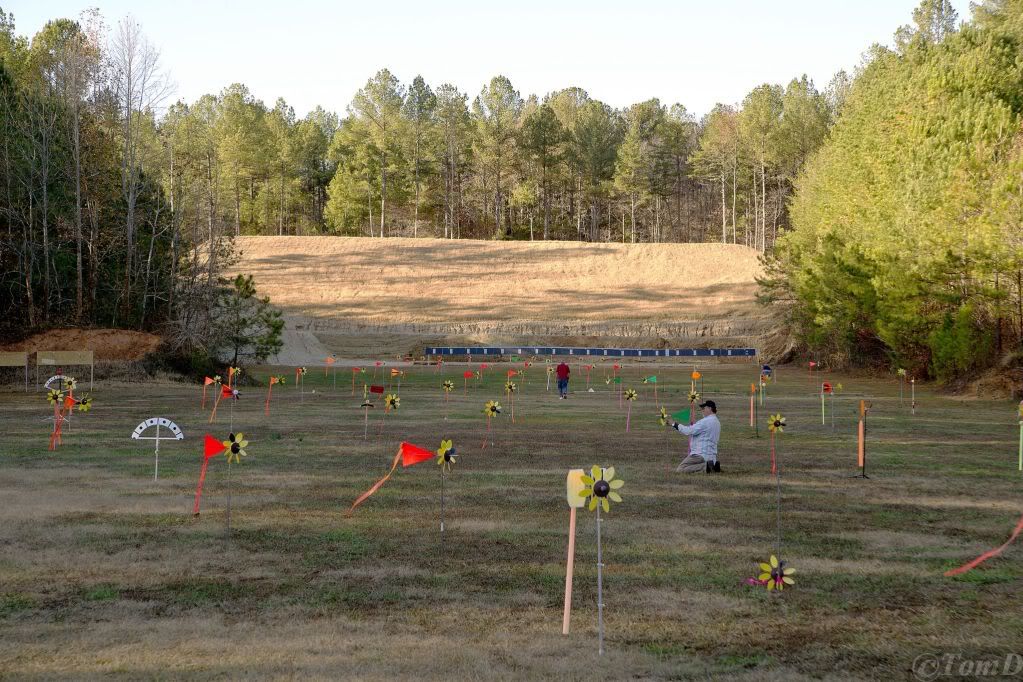4
4 Liberty
Guest
If I shoot a 1 MOA group at 50 yards, will it be a 2 MOA group hitting a target behind it at 100 yards? Will it grow to 4 MOA at 200 yards?

Do Groups Grow Bigger with Distance?
Pretty pictures of primary & secondary yaw damping.Here's the current data Bryan Litz has shown: http://www.youtube.com/watch?v=4pF8W5liSRc&feature=channel_page
With high speed video, you can see the overspin in the bullet causing a wobble.
Maybe. I'm skeptical. Electronic targets would avoid even that possibility. Maybe they've got the money at Aberdeen? Or maybe that new Lapua 1,000 yard indoor facility in Arizona?Shooting multiple targets at different distances all at once, will give you a ballistic track, but it is not going to give you a tru group size because the bullet is slightly deflected as it passes thru the paper. You would almost need a target as thin as toilet paper to try this.
Willllbuuur... New forum. "Things I've seemed to have seen." Preferably sober.Have any of Y'all witnessed a case where it SEEMED that groups were smaller (or relatively smaller) at a longer distance - from the same rifle.
